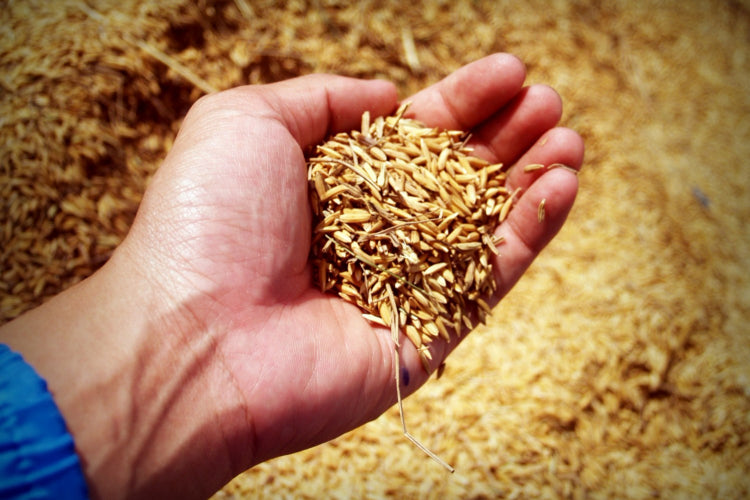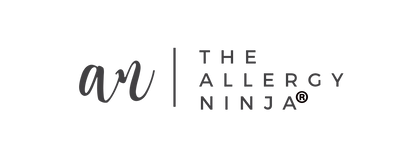
There’s that moment in the allergist’s office just before you receive the allergy test results: You draw a breath in and play out all the scenarios in your mind, leaning in to the fervent hope that this will all turn out to be nothing. And then the doctor gives you the news. Your child is, in fact, allergic to the foods you suspected. Now what?
Whether this scenario is one you’ve lived yourself, or it’s one that a family you care about has endured, taking the time to learn more about food allergies is the first step in protecting the 15 million Americans who live with them. One of my goals with The Allergy Ninja is to remove some of the mystery about what it means to live with food allergies. That begins by sharing some of the information gathered in my family’s own quest to manage our allergic lives, as well as giving you a glimpse at our day-to-day experiences with allergies. To this end, let’s talk about wheat and gluten. As a family dealing with anaphylactic wheat allergies, navigating a world where the difference isn’t always clear is one of our daily challenges.
Celiac ≠ Wheat Allergy
“You’re allergic to wheat? You mean, you’ve got celiac disease. I’ve heard of that before.” Sound familiar? Both conditions can mean avoiding products that include wheat in their list of ingredients (more on that in a moment), but they aren’t interchangeable terms. Celiac disease affects the small intestine and is caused by an abnormal immune response to gluten. It can cause malnutrition and intestinal damage if not managed properly. Those with celiac see a gastroenterologist to diagnose and help manage their condition.
A wheat allergy, on the other hand, is when a person’s immune system overreacts to specific proteins found in wheat. An allergic response can include a variety of symptoms that range from rashes and hives to more severe symptoms like shock. As with any other food allergy, exposure to wheat can be potentially fatal for a person allergic to it. Those with a wheat allergy see allergists to diagnose and help manage their conditions. They will also carry an auto-injector of epinephrine, the first-line treatment for anaphylaxis.
Gluten ≠ Wheat
Do you remember the first time a teacher explained to you the nuanced relationship between squares and rectangles? Both shapes have four sides and four right angled corners. Opposite sides of each shape must be parallel and of the same length. The square, as you know, has four sides all the exact same measure whereas the rectangle’s width can vary from its height. Both shapes are, in fact, rectangles. Only one (the one with four equal sides), however, can be a square. Gluten and wheat are a lot like that.
Gluten is the protein substance in grains that is responsible for the elastic texture of dough. It’s like the glue that holds the food together. Gluten is found in wheat. It’s also found in rye, barley and sometimes oats. A food item may be wheat-free but not free of gluten, and vice versa. Today’s products may include ingredients that were derived from wheat from which the gluten was removed. The ingredient is therefore “gluten-free,” but could still contain the wheat proteins that trigger a reaction in an allergic person.
What does this all mean?
As noted earlier, understanding food allergies is the first step in helping keep an allergic person safe. If you or someone you know has been diagnosed with a wheat allergy, that “gluten-free” sticker on the front of the package is just a starting point for you. Don’t skip the reading the package’s ingredient list. Remember, wheat is one of the eight common allergens that must be clearly labeled under US law. It may appear simply in plain English as “wheat” within the ingredient list itself. It might be called out within a list in bold letters or it could be included in a call-out list of allergens present in the product.
